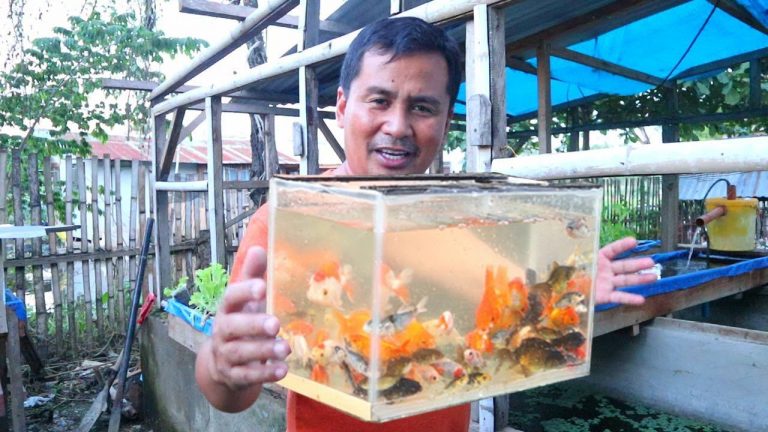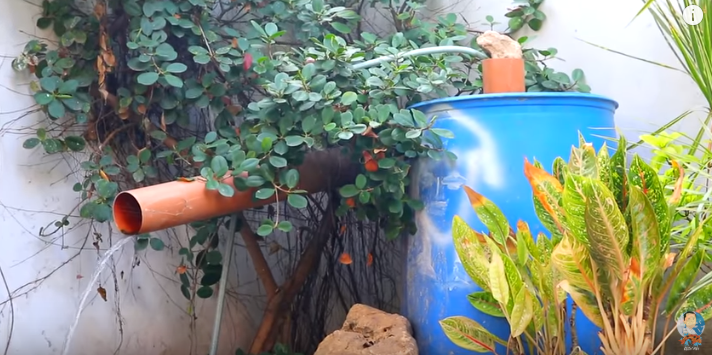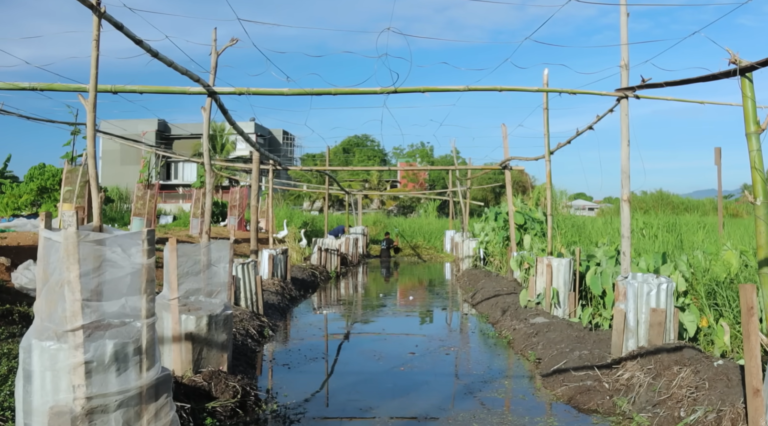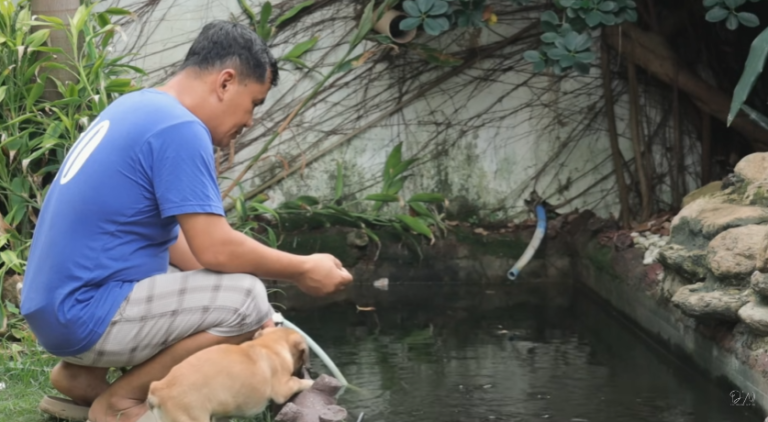Amazing Catfish Harvest – Millions of profit, Harvesting & Releasing Catfish to a bigger Pond!
Hi guys, it’s a beautiful day once again and welcome back to Dexter’s World Channel! We are in for an exciting and educational journey today as we explore the intricacies of catfish farming, raising chickens, and keeping ducks. In the face of potential challenges like El Niño and its impact on food security, it’s more crucial than ever to take control of our food supply. Let’s dive in!

The Challenge: El Niño and Food Security
El Niño is a climate phenomenon that can lead to prolonged periods of drought, affecting crops and livestock, and subsequently, our food supply. Many fear its impact, and rightfully so. But here at Dexter’s World, we believe in empowering ourselves by raising our own food.
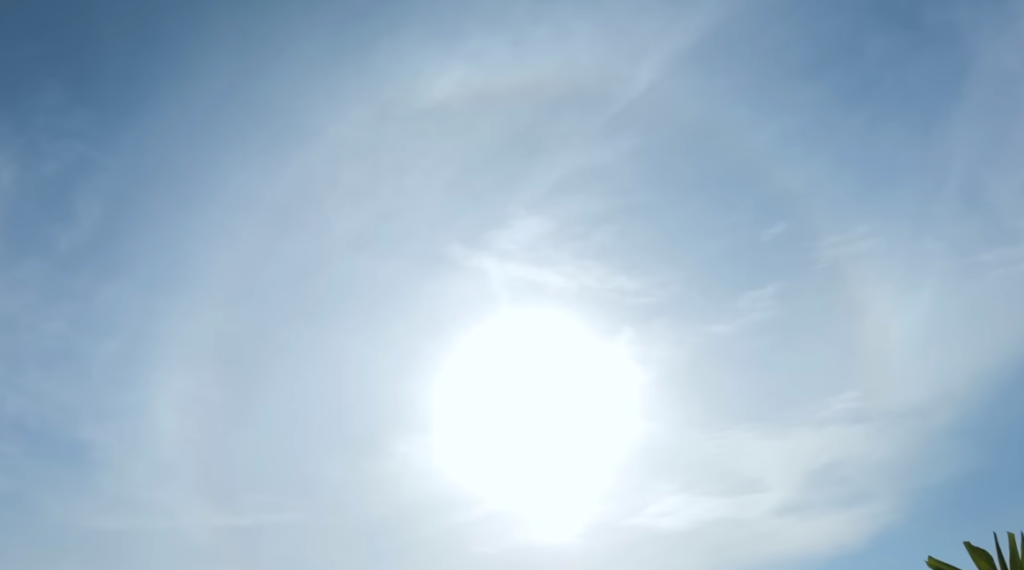
Raising Your Own Food: A Sustainable Solution
- Chicken Farming: Chickens are a great starting point. They provide eggs and meat, and they’re relatively easy to raise.
- Catfish Farming: Catfish are resilient and can thrive in various conditions. Plus, they grow quickly, providing a rapid source of food.
- Duck Farming: Ducks add diversity to your farm. They are hardy, and their eggs are a nutritious food source.
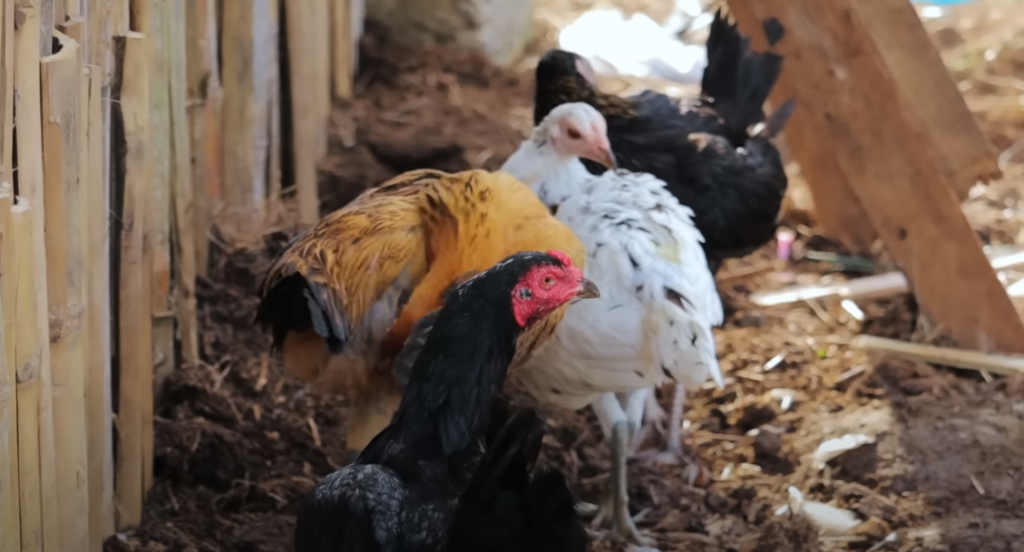
Catfish Farming: A Step-by-Step Guide
Today, we focus on catfish farming. Here’s what you need to know to get started and be successful.
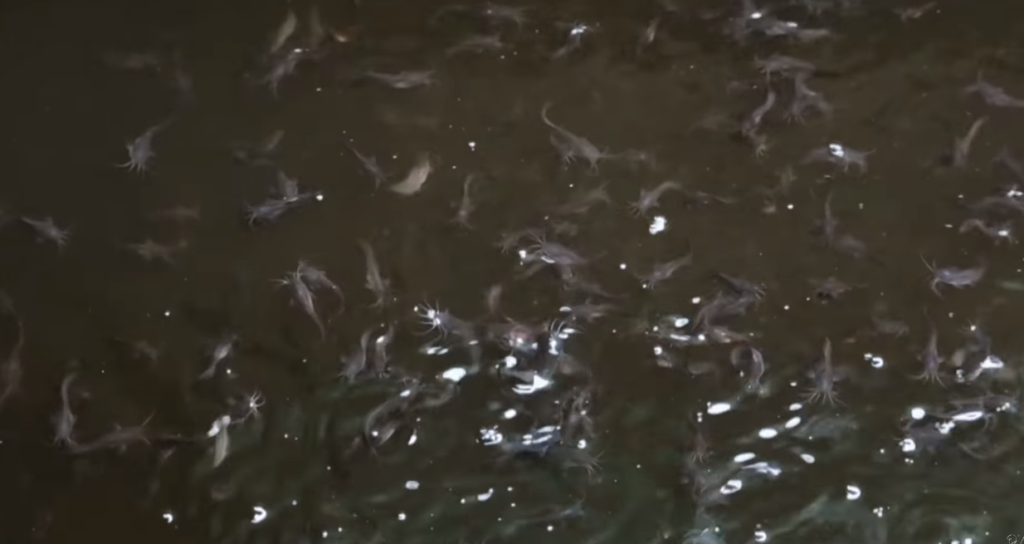
1. Preparing the Pond
You need a mud pond for your catfish fry. Why mud? Our experience and experiments have shown that catfish fry grow best in a mud pond environment.
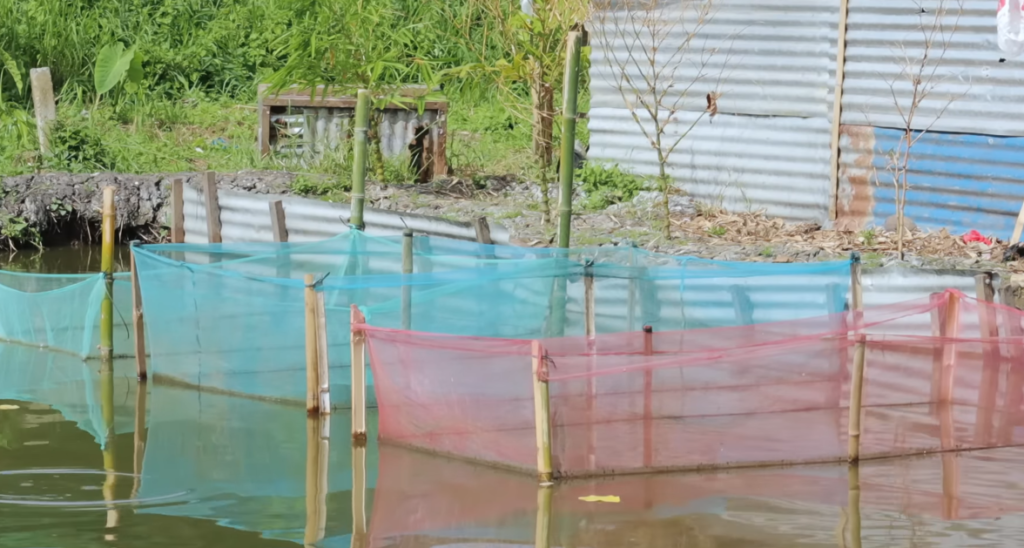
2. Sizing and Separation
Regular sizing is crucial. As the catfish grow, they can start to eat each other, and that’s something you want to avoid. Separate the larger fish from the smaller ones to ensure even growth and prevent cannibalism.
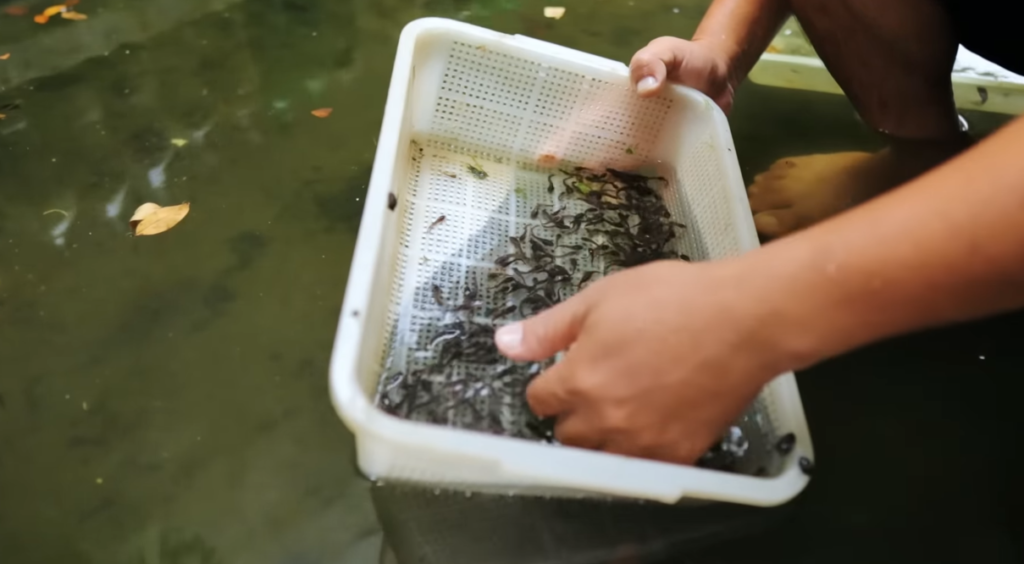
3. Harvesting
Today, we will be harvesting our catfish fry. They are about 10 days old, and it’s time to do some sizing.
- Tools Needed: Fine nets to ensure the smaller fry don’t escape and to protect them from predator fish.
- Process: Lift the nets carefully and sort the fish according to their sizes.
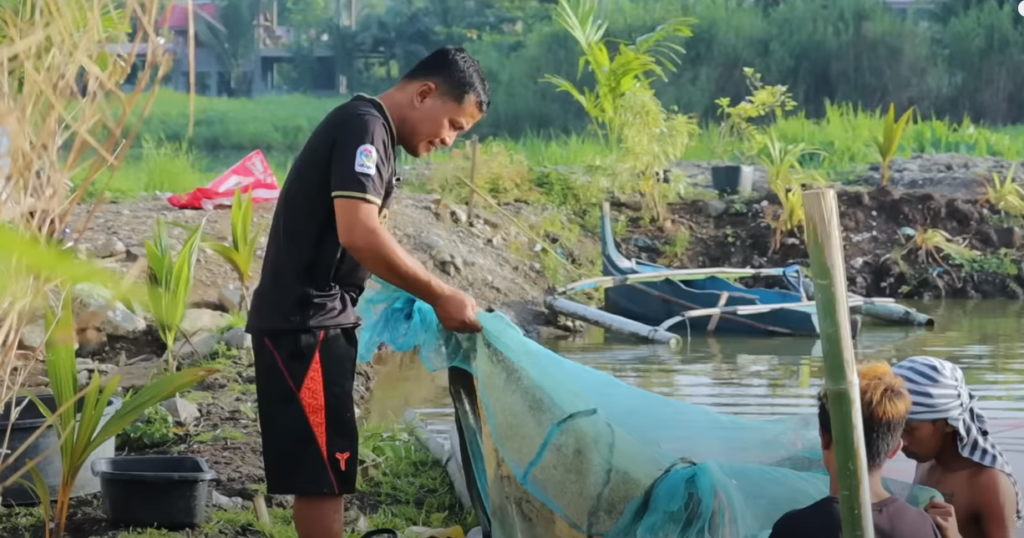
4. Learning from Challenges
Not every experiment will be a success, and that’s okay. We faced challenges with flooding, which affected our harvest. However, the growth of the catfish in the mud pond was remarkable. It’s a learning curve, and we are here to navigate it together.
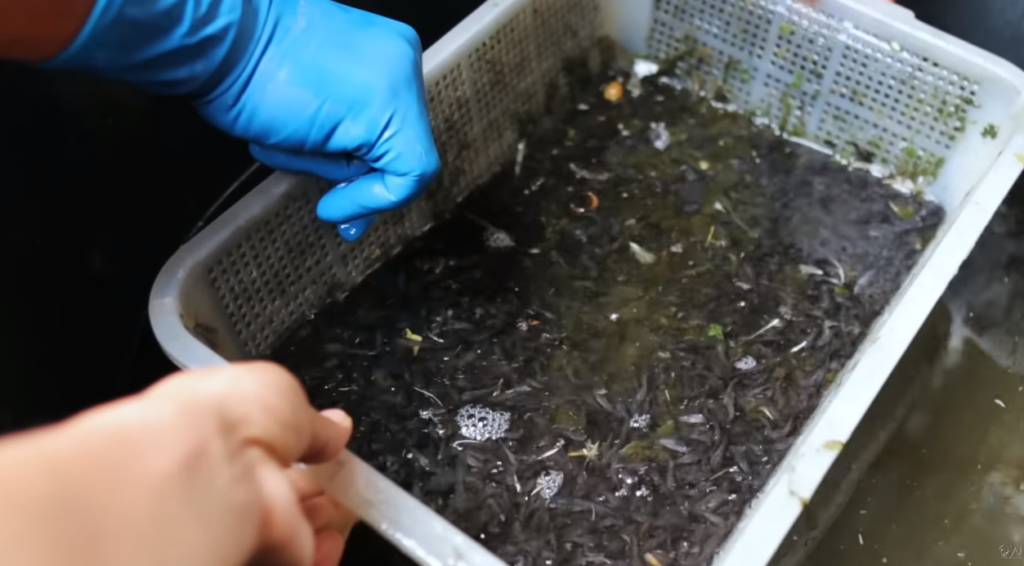
Duck Farming: An Easy Addition
Duck farming is another sustainable solution. Ducks are hardy and require minimal care. They can even help control pests in your catfish pond!
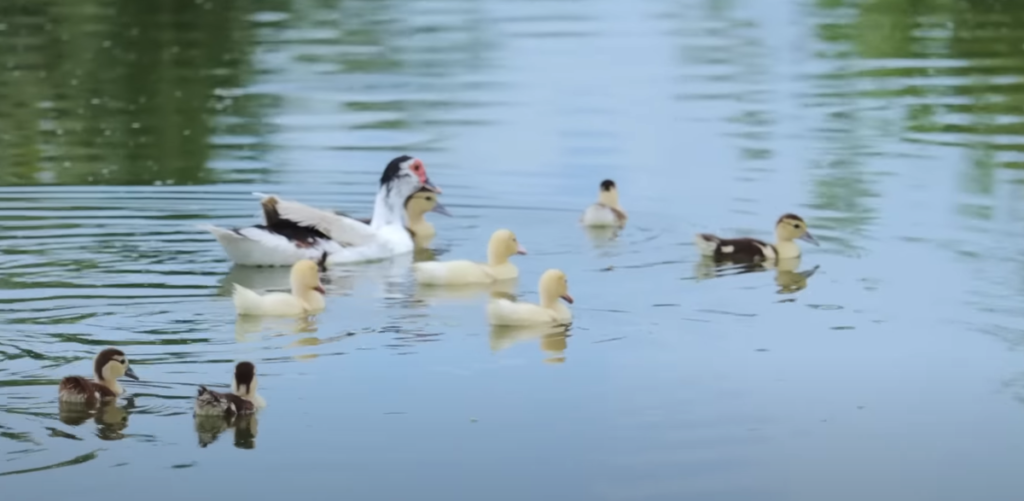
Moving Forward: Keep Learning and Growing
El Niño and other challenges will come our way, but with determination and the right knowledge, we can secure our food supply. Don’t forget to continue learning and experimenting. Every challenge is an opportunity to grow.
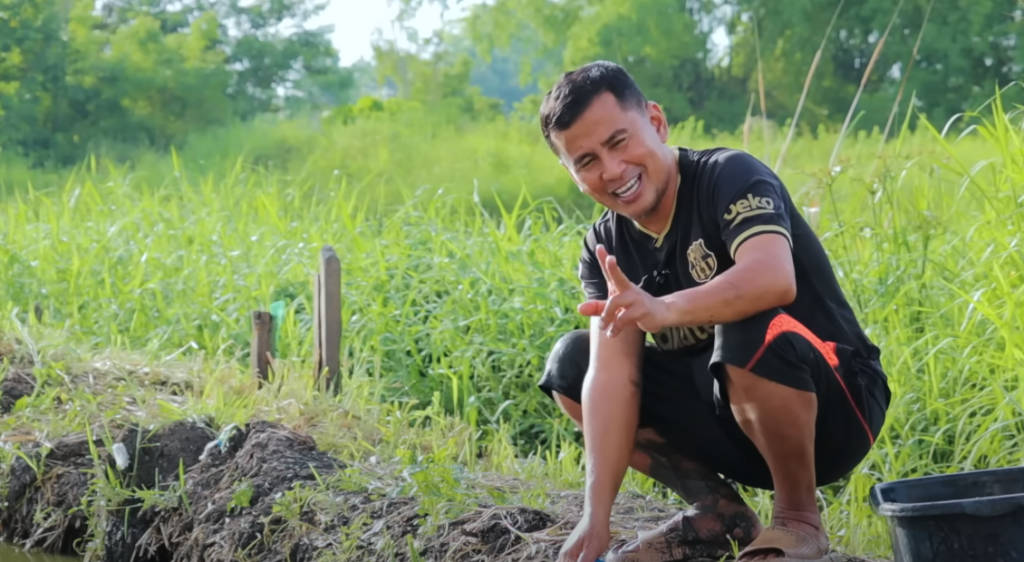
Conclusion
Thank you for joining us today at Dexter’s World. We hope this guide on catfish farming and sustainable living has been informative and encouraging. Remember, we are in this together, working towards food security and sustainability. Don’t forget to like, share, and subscribe for more educational content. Until next time, see you! Like and subscribe!



